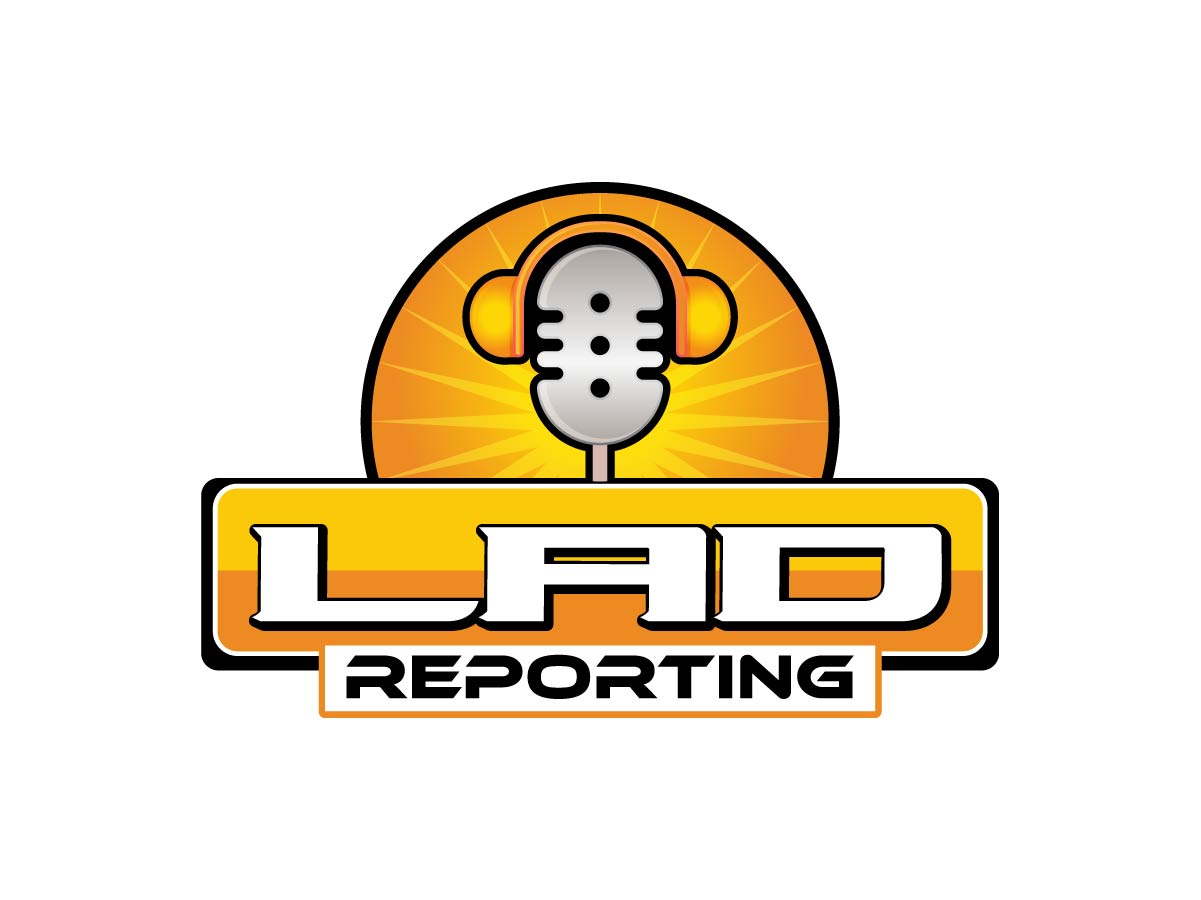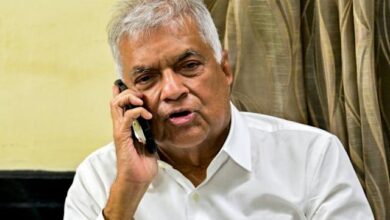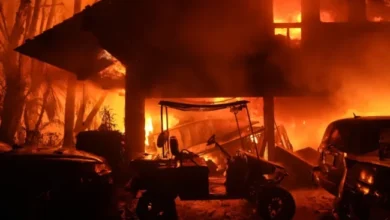Trump Announces 25% Tariff Hike on India Over Russian Oil Imports

U.S. President Donald Trump has announced a 25% increase in tariff on Indian imports, citing New Delhi’s continued purchase of Russian oil. The move, formalized through an executive order signed Wednesday, raises the total tariff burden on India to 50%.
The new tariff, which comes on top of a 25% “reciprocal” tariff announced last week, will take effect in three weeks. The initial 25% tariff is scheduled to be enforced this Thursday.
Trump, who has consistently opposed countries trading with Russia during its ongoing war in Ukraine, stated that India’s oil dealings with Moscow were undermining U.S. and NATO efforts to isolate the Kremlin economically.
“They’re buying Russian oil, they’re fueling the war machine. And if they’re going to do that, then I’m not going to be happy,” Trump told CNBC on Tuesday.
Strategic Energy Interests at Odds
India, now the world’s third-largest oil importer, has defended its purchase of discounted Russian crude as a necessary measure to ensure domestic energy security and price stability. The country has significantly ramped up imports from Russia since the start of the Ukraine war, citing affordability and global supply disruptions.
In response to Trump’s latest announcement, India’s Ministry of External Affairs reiterated its position.
“Like any major economy, India will take all necessary measures to safeguard its national interests and economic security,” the ministry stated Monday.
India argues that its energy diversification strategy aligns with its sovereign rights and broader economic imperatives, especially as global inflation and energy volatility persist. Indian officials have also emphasized that its oil imports do not violate any international sanctions.
Tariff Escalation Amid Geopolitical Tensions
The tariff escalation marks a renewed chapter in the U.S.-India trade tensions that previously intensified during Trump’s first term in office. In 2018, Trump removed India from the Generalized System of Preferences, citing trade imbalances and lack of reciprocity.
Trump’s latest move is widely viewed as part of his broader foreign policy stance aimed at penalizing nations that maintain energy or military ties with Russia. It also underscores his ongoing frustration with Russian President Vladimir Putin, despite Trump’s initial efforts to improve U.S.-Russia relations.
Sources close to the former president indicated that additional sanctions on Russian financial and energy sectors are expected later this month.
Economic Impact and Diplomatic Fallout
The tariff hike is likely to strain economic ties between the two democracies. India-U.S. bilateral trade reached $191 billion in 2023, with Indian exports accounting for over $80 billion. Analysts warn that higher tariffs could negatively impact key Indian sectors including pharmaceuticals, IT services, and textiles.
Energy experts note that the U.S. move could push India further into energy alliances with non-Western partners, potentially weakening the West’s attempt to form a unified front against Russia’s wartime economy.
Mixed Reactions and Strategic Calculations
While some U.S. lawmakers have expressed support for holding India accountable for its oil trade with Russia, others caution against alienating a strategic partner in the Indo-Pacific.
Senator Mark Warner (D-VA), co-chair of the Senate India Caucus, stated:
“We must engage with India constructively. Punitive measures risk driving our allies away at a time we need alignment against authoritarian regimes.”
The broader public reaction remains divided. Some segments of the U.S. electorate, particularly Trump’s base, see the tariffs as a firm stance on foreign policy consistency. Others view them as an unnecessary provocation against an increasingly important economic and geopolitical partner.
Context and Global Implications
India is not the only country continuing oil trade with Russia. China and several Middle Eastern nations maintain or have expanded energy ties with Moscow. However, the U.S. has been more restrained in addressing these relationships, likely due to their complex economic interdependencies.
Trump’s tariff approach, though unilateral, reflects growing Western impatience with nations that continue commerce with Russia despite calls for global isolation following the 2022 invasion of Ukraine.
The development raises concerns over the potential fragmentation of international coalitions, as countries balance economic self-interest against mounting diplomatic pressures.
Outlook
India has not indicated whether it will retaliate with counter-tariffs or adjust its energy import strategy. Analysts expect a formal diplomatic response in the coming days, possibly involving dialogue through the Quad framework or other bilateral forums.
With Trump expected to outline new sanctions policy later this week, the tariff escalation may signal further disruptions in global trade and energy diplomacy. The international community is closely monitoring how India navigates the pressure while maintaining its long-term strategic autonomy.
Read More: LAD REPORTING




